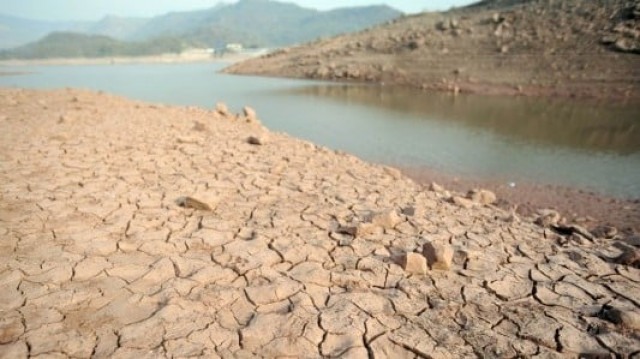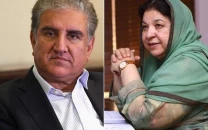Pakistan continues to experience dry spell
IRSA estimates 20% cut in water share of Punjab and Sindh for Rabi season

PHOTO: FILE
Talking to The Express Tribune, a senior meteorologist at the Pakistan Meteorological Department (PMD) said that the impact of climate change is getting stronger with each passing day.
Even though October and November are considered the driest months in Pakistan, the country still usually receives almost 33 millimetres of rain in October and another 12 millimetres in November, but this year it seems a remote possibility of receiving this amount of rain in these two months, he said.
“Currently, the country is facing a dry spell which is expected to continue at least till the mid of October this year, after which a short rain spell of low intensity is expected,” he said. “Like previous year, this year again the country did not receive much rain during the last phase of monsoon season. Therefore, in the coming months no adequate showers are expected,” he said.
Monsoon: Dry spell ends as rain lashes country
He said that if the situation continued the chances are high that the country will face further water shortage which will have an impact on the winter crops and the health of people, who are already suffering from flu, cough and allergies due to the dry weather.
Meanwhile, the Indus River System Authority (IRSA) spokesperson Rana Khalid told The Express Tribune, that considering the prevailing situation in the country, IRSA has already estimated 20 per cent shortage in water share of Punjab and Sindh each in the Rabi season. Provinces have already started facing water shortage issues, he added.
“However if there will be no significant rains in the country till January or February then this shortfall may exceed to 25 per cent,” he said. However, last year the estimated water shortage was 17 per cent.
Khalid further said the IRSA has asked the provinces to close non-perennial canals from October 5 onwards which they usually close from October 15.



















COMMENTS
Comments are moderated and generally will be posted if they are on-topic and not abusive.
For more information, please see our Comments FAQ